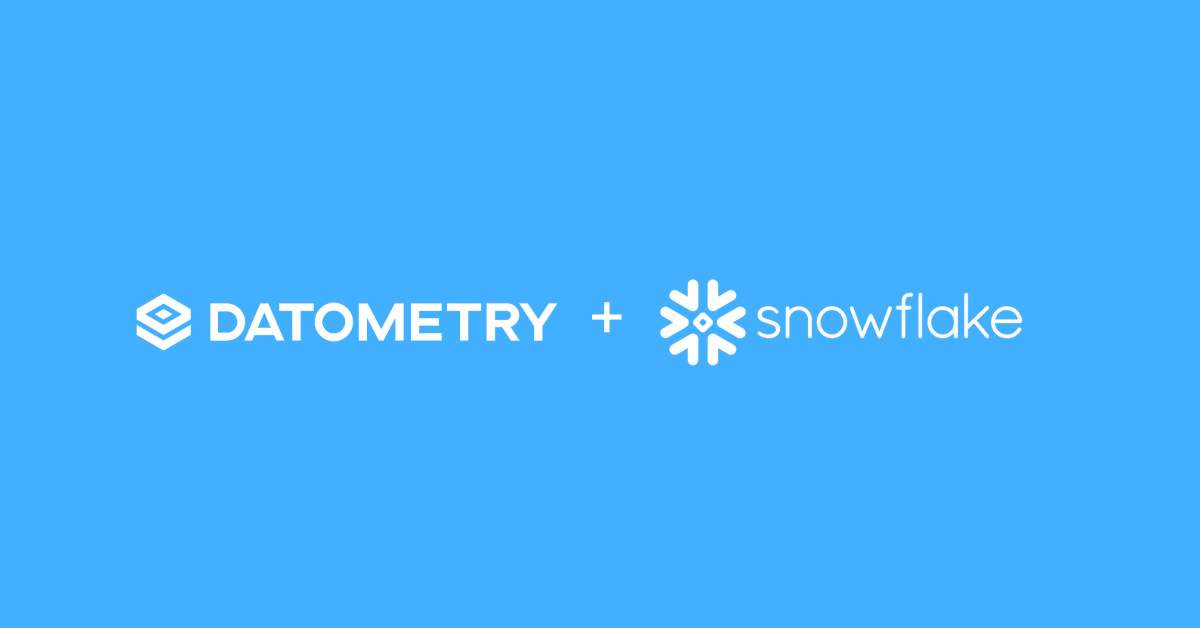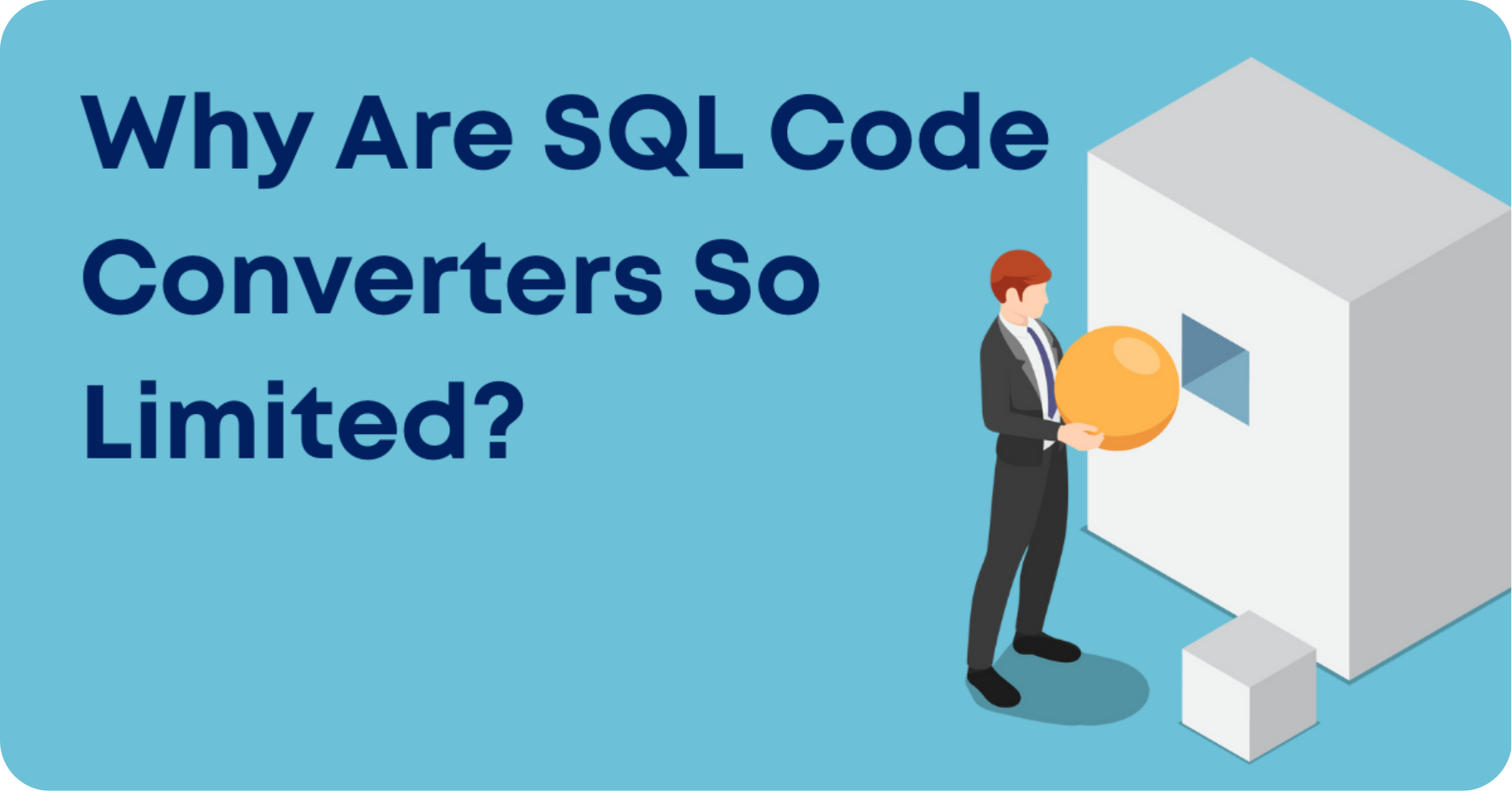This article was originally published in ZDNet, written by Tony Baer
Teradata has long distinguished itself, not simply by its scale or performance, but by an advanced SQL engine that was designed for handling extremely complex functions such as recursive queries and implicit joins, unique syntax, and custom logic for parallelizing workloads. The result is that Teradata has long positioned itself for organizations that have the most challenging analytic problems. And it’s finally embraced cloud aggressively with Vantage.
The Redshifts, Synapses, Snowflakes, and BigQueries of the world have been positioned as modern cloud, hyperscale alternatives with pay as you go pricing that should provide more economic alternatives to legacy Teradata platforms. For many, functionality gaps or requirements to change source code and/or schema have been the show-stoppers for migration.
Naturally, there’s a startup that thinks it has the answer to that.
Datometry says that the answer isn’t data virtualization, but database virtualization. Its approach is to insert a runtime that acts as a buffer between your Teradata SQL statements and the target cloud data warehouse. The idea is to enable Teradata customers to run their Teradata queries on different targets without having to modify or completely rewrite their existing SQL programs. Its product, Hyper Q, is adding Oracle to the list of database sources.
The core of Datometry’s approach is its own proprietary hypervisor that emulates the SQL database calls on the fly. Under the hood, it breaks down those complex calls, stored procedures, and/or macros into atomic operations that the target data warehouse should understand. Read the full article here.
About Datometry
Datometry is the leader in database system virtualization. With Datometry Hyper-Q, enterprises can run their existing applications directly on next-generation databases without needing costly and risk-laden database migrations. Datometry counts leading Fortune 500 and Global 2000 enterprises worldwide among their customers. For more information, visit www.datometry.com


